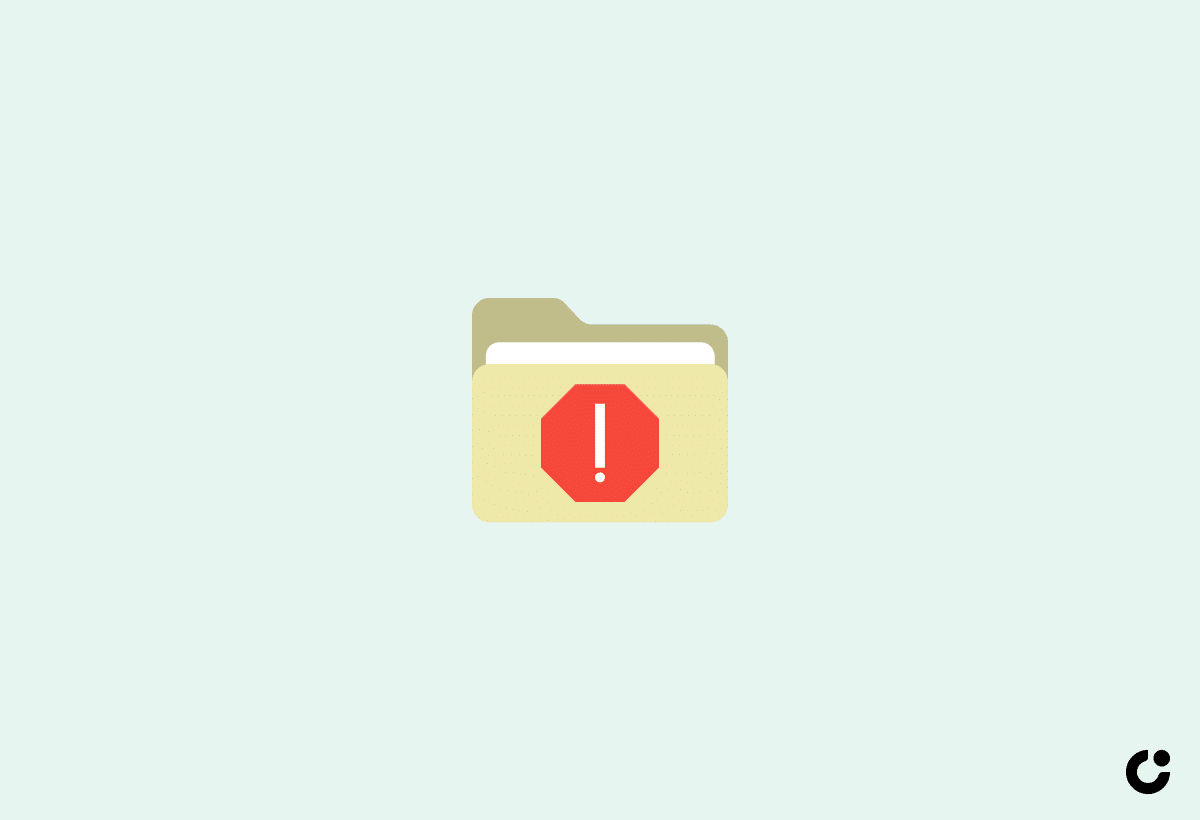Ever sent out a bunch of emails only to find they landed straight in the spam folder? Frustrating, right? It's like throwing a party and nobody shows up because the invitations got lost. Let's dive into how to make sure your cold emails reach the inbox where they belong.
1. Choose a Trustworthy Email Service
Think of your email service provider as your mailman. If they're reliable, your mail gets delivered. Opt for a reputable provider with a good track record. This helps your emails get recognized as legitimate. We recommend Google Workspace or Microsoft Outlook accounts.
2. Warm Up Your Email Account
You wouldn't start a marathon without some training, would you? Similarly, new email accounts need to build up their sending reputation. Start by sending a few emails to friends or colleagues. Gradually increase your sending volume over several weeks.
3. Steer Clear of Spam Trigger Words

Certain words can set off spam filters like a car alarm in the middle of the night. Avoid terms like "free," "act now," or "guaranteed." Instead, use clear and honest language that reflects the real value you're offering.
4. Personalize Your Messages
Nobody likes to feel like just another name on a list. Use the recipient's name and reference something specific to their business or interests. Personal touches show you've done your homework and aren't just blasting out generic messages.
5. Optimize Your Email Content
A well-crafted email is like a well-dressed person—it makes a good impression. Use a balanced mix of text and images, but don't overdo it with flashy graphics. Keep fonts professional and avoid using all caps or excessive punctuation marks!!!
6. Include an Easy Opt-Out Option
Giving recipients a simple way to unsubscribe might seem counterproductive, but it's actually a best practice. It shows respect for their preferences and can prevent them from marking your email as spam out of frustration.
7. Verify Email Addresses Before Sending

Sending emails to addresses that don't exist is like mailing letters to the wrong house—it just doesn't get there. Use email verification tools to clean your list. This reduces bounce rates and improves your sender reputation.
8. Keep an Eye on Bounces and Complaints
High bounce rates and complaints are red flags to email providers. Regularly monitor these metrics. If you notice a spike, investigate and take action to fix any issues.
9. Monitor Your Sender Reputation
Your sender reputation is like your credit score in the email world. A good reputation means your emails are more likely to reach the inbox. Use tools like Sender Score to check how you're doing.
10. Authenticate Your Emails with SPF, DKIM, and DMARC
Think of these as security badges for your emails. They help email providers verify that your messages are genuinely from you. Setting them up might require some technical steps, but it's worth the effort.
11. Maintain a Clean Email List

Quality over quantity applies here. Regularly remove inactive subscribers or those who haven't engaged with your emails in a while. This not only improves your open rates but also tells email providers that people find your emails valuable.
12. Avoid Purchasing Email Lists
Buying email lists might seem like a quick way to expand your reach, but it's a shortcut to the spam folder. These lists often contain outdated or uninterested contacts, which can harm your sender reputation.
13. Mind Your Sending Frequency and Timing
Sending too many emails can annoy recipients. On the flip side, sending too few can make them forget who you are. Find a sweet spot that keeps you on their radar without overwhelming them. Also, consider the best times to send emails when your audience is most likely to check their inbox.
14. Follow Up Thoughtfully

Following up can increase your chances of a response. However, nobody likes to be pestered. Space out your follow-up emails and make sure each one adds value or new information.
15. Engage with Your Audience
Encourage replies by asking questions or inviting feedback. Engaged recipients signal to email providers that your messages are wanted, improving deliverability.
16. Use Clear and Concise Subject Lines
Your subject line is the first thing recipients see. Make it count. Avoid clickbait and be honest about the content of your email. A good subject line piques interest without misleading.
17. Test Before You Send
Before blasting out your email to hundreds or thousands of people, send test emails to yourself and colleagues. Check for formatting issues, typos, and make sure all links work properly.
Conclusion
Getting your cold emails into the inbox doesn't have to be rocket science. With these best practices, you're well on your way to making sure your messages land where they're supposed to.

